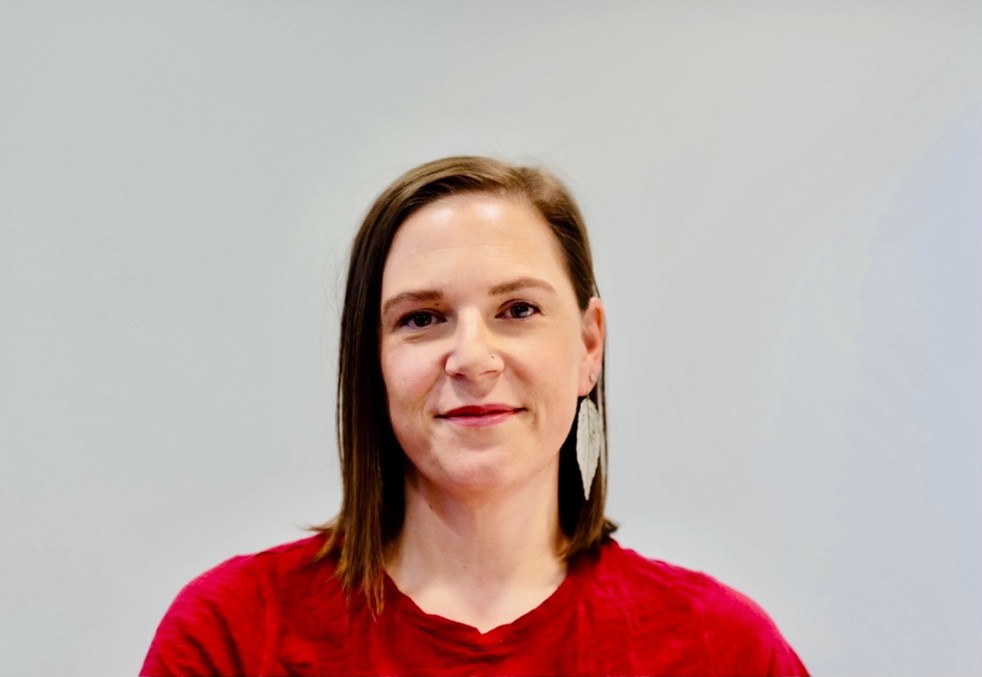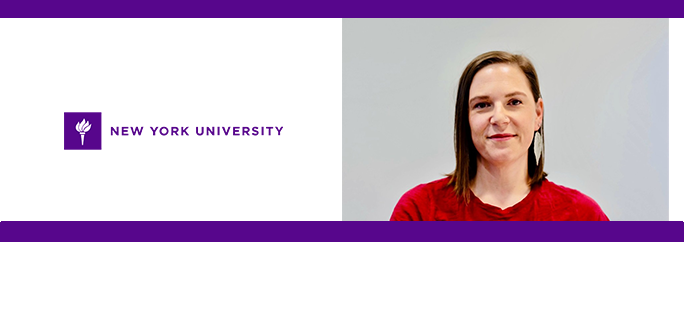 Not all common medical conditions are well studied.
Not all common medical conditions are well studied.
Sonja Molfenter, associate professor in communicate sciences and disorders at New York University, examines one that needs more attention.
Dr. Sonja Molfenter is a clinically-trained Speech Language Pathologist whose research specializes in understanding the physiological features of both normal swallowing and disordered swallowing (known as dysphagia). Swallowing function is commonly disrupted after many conditions including stroke, brain injury, head and neck cancer and spinal cord injury. Her over-arching research goal is to produce clinically-relevant research to inform front-line clinical practice. Her research focuses on naturally-occurring muscle loss in the pharynx as the result of aging. Dr. Molfenter’s work aims to understand the impact of these age-related changes on swallowing function and explore methods to prevent or reverse these changes.
Public Awareness of Dysphagia
The act of swallowing is something that most people take for granted. However, when swallowing is impaired (a condition known as “Dysphagia”), there are serious consequences for health and quality of life. For example, if food or liquid is misdirected during swallowing, it can end up in the lungs and result in pneumonia. Dysphagia is a common sequalae of many medical conditions including stroke, head and neck cancer, and neurodegenerative diseases and is estimated to impact between 5-10% of Americans. And yet, the public’s understanding of this debilitating and yet relatively common condition is not clear.
Therefore, my lab team, including 4 summer undergraduate research interns, conducted a large-scale survey designed to capture people’s knowledge about dysphagia. The survey included 2000 adults with proportional representation across demographic and geographic factors. In addition to dysphagia, we asked about other health conditions: Vertigo, Insomnia, and Ataxia, so that we could compare the results across conditions and to their relative prevalence rates.
Our questions focused on four main constructs: 1) is the public aware of the condition, 2) what is the source of their knowledge, 3) do they understand the health impact of the condition, and 4) do they know which medical professionals treat the condition. Our findings revealed a consistent and notable gap in public awareness for dysphagia compared with conditions, despite dysphagia’s higher prevalence than vertigo and ataxia.
This information can be used to champion efforts to improve public understanding of dysphagia. Ultimately, increased public awareness can lead to earlier identification and intervention for individuals experiencing the condition, potentially improving their health outcomes and quality of life.


Leave a Reply